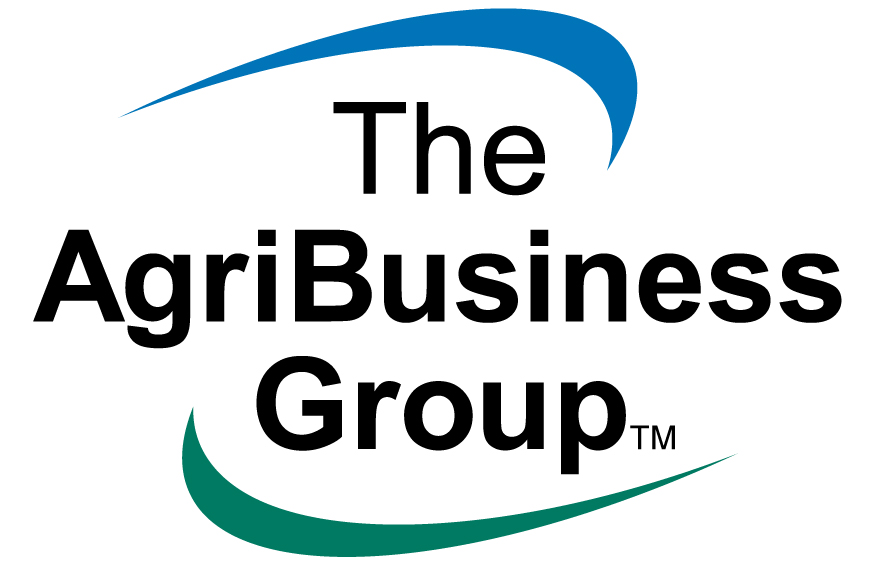Are farm systems forgotten in the current regulatory climate?
The recently proposed Essential Freshwater Package raised the discussion once more how thousands of farmers across the country can adapt their systems to collaboratively achieve a common goal. Our environmental consultant Dave Lucock believes that a focus on collaboration and a farm-systems approach should be the answer. And sometimes, squeezing unique farm systems into set regulatory requirements in the form of rules can do more harm than good.
Dave Lucock with Antonia Frost
As a farm consultant working in the Audited Self-Management space, I see farmer collaboration as a crucial component in achieving the outcome of improved freshwater quality. It is not easy for farmers to navigate within the legislative framework to suit their individually unique farm systems. Farmers need to meet several regulatory requirements. For instance, they need to ensure they comply with district by-laws and rules. For another thing, they need to ensure their Farm Environment Plan aligns with the goals and objectives of Schedule Seven under Plan Change Five of the Land and Regional Plan while providing some measurable evidence for each of the relevant targets when being audited. On top of this, some of these regulations will most likely change, so farmers also must make sure they keep updating their Farm Environment Plans and adapting their evidence to suit these changes.
For some farmers, behaviour change is required to achieve the goal of improved freshwater quality. But key stakeholders that are not directly involved in farming need to realise that we are dealing with an extensive range of complex farm systems and innumerable individuals.
I’d like to draw on the work completed through the ARGOS (Agricultural Research Group on Sustainability) Project in the early 2000s. This study investigated the complexity of farm systems across 104 agricultural properties consisting of high country, dairy and sheep/beef farmers and kiwifruit orchardists in New Zealand. We used causal mapping as one of the research tools as pictured below. Each of the circles represents a variable a farmer is managing at any one time. The arrows show the connections, their direction and strength/weighting of influence between the variables. For instance, regulations influence the farmer decision-maker (at a weighting of 7 out of 10), but not the other way around.
Casual map
There are three critical points about these causal maps:
Each farm has its unique causal map, as the variables, the connections and their weightings are differently placed depending on the dynamics of each farm.
Each causal map is only a snapshot in time for a farm system, and the connections and their weightings are continually changing. For instance, contractors will become very important when rain is forecasted and a crop needs to come in.
Farming is different from many other professions in that the family and lifestyle are integrated throughout. Double directions in the causal map indicate the interrelation of farmer decision-makers, their farm environment as a place to live and work, and family needs.
Implementing something new into these complex farm systems can be difficult as it must be adapted to fit and integrate, which can become an issue when ‘rules’ don’t suit the system. Additionally, a farm isn’t just a business – It is where farmers live. It is their lifestyle, and it can be stressful when outsiders come into their ‘home’, especially when they come armed with unsuitable ‘rules’.
To achieve the common goal of improved freshwater quality, a collaborative framework that includes the broader community is imperative. Such a framework can provide the structure that we all work within to achieve the outcome of better freshwater quality so that we are all on the same page going the same direction. A farmer is the most suitably qualified person to understand the complexity of their farm system; therefore he or she is the most suitably qualified professional to align their business to the National Policy Statement of Freshwater Quality goals.
The wider community outside farming, as well as regulatory authorities, need to respect the position that farmers hold and understand that these new regulations can be perceived as challenges or even threats to farmers’ livelihoods. The role of non-farmer stakeholders is to assist farmers where needed, in a way that enhances rather than threatens each unique farm system and business, while improving environmental standards. This will improve the motivation of farmers (where necessary) to attain the common goal. If we want to enhance environmental outcomes drastically, we should be focusing on ways to strengthen collaboration. A guiding framework is important, but let's not get hung up on rules that don't account for the complexity of farm systems.
Author: Dave Lucock


